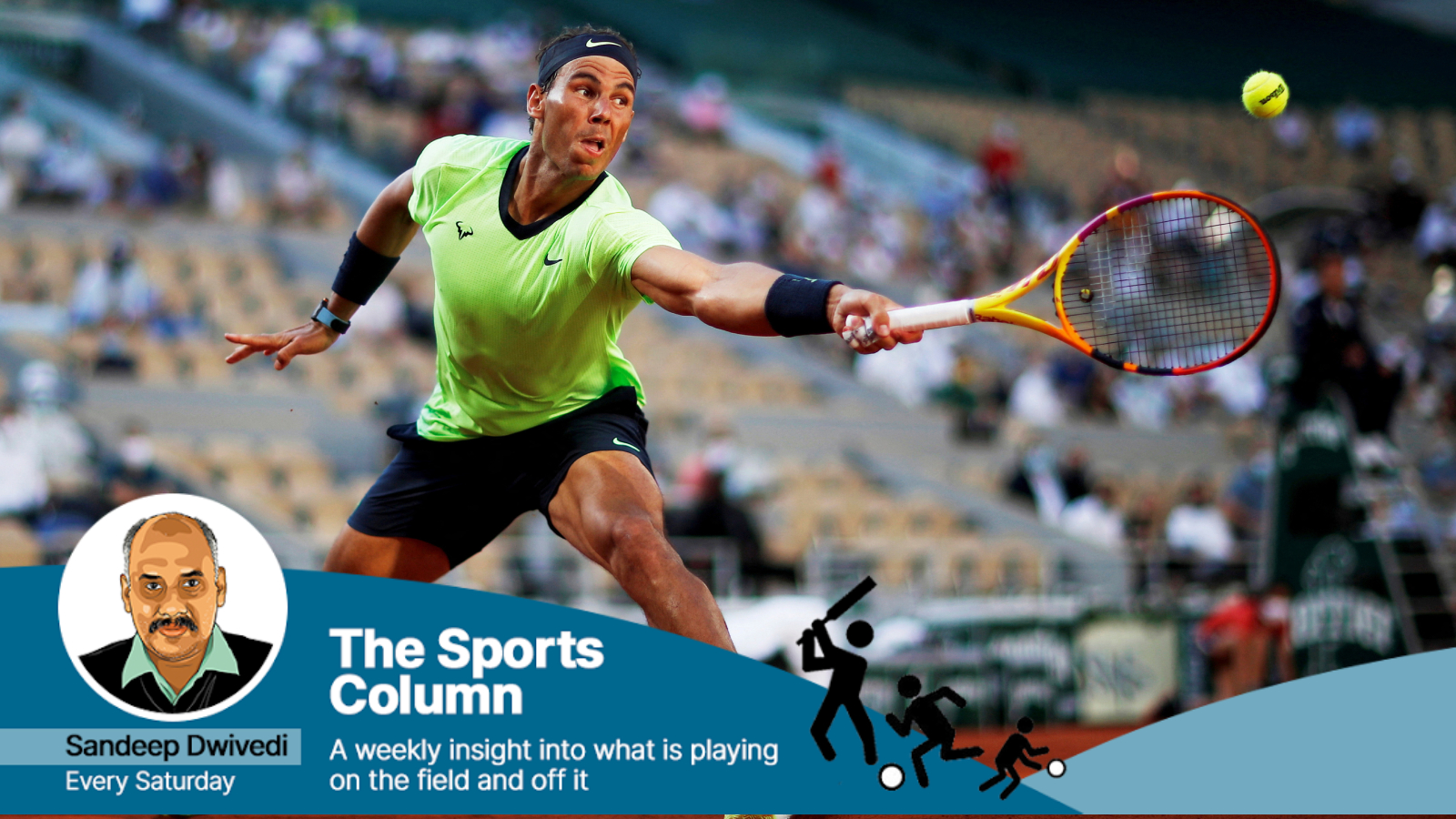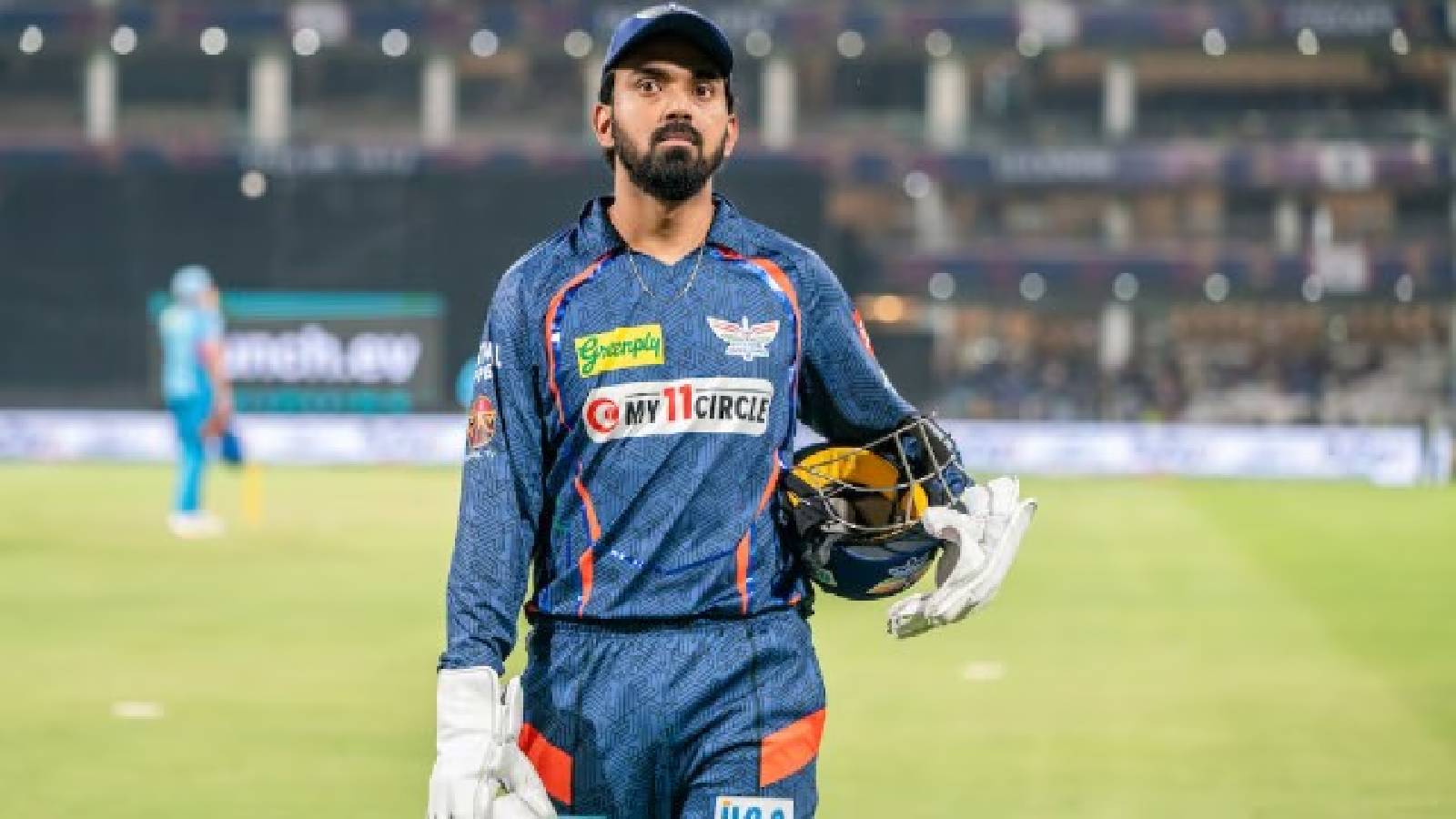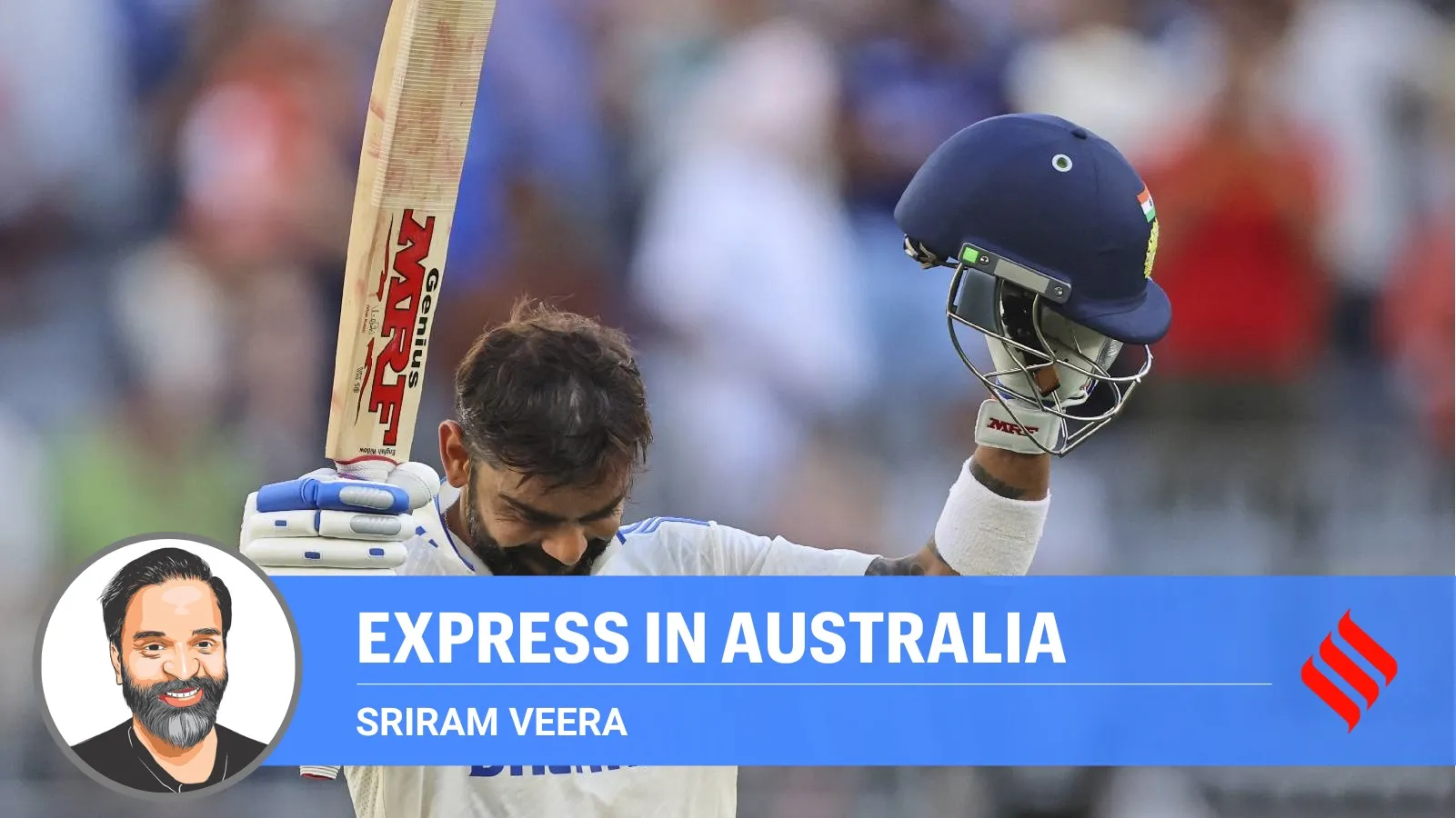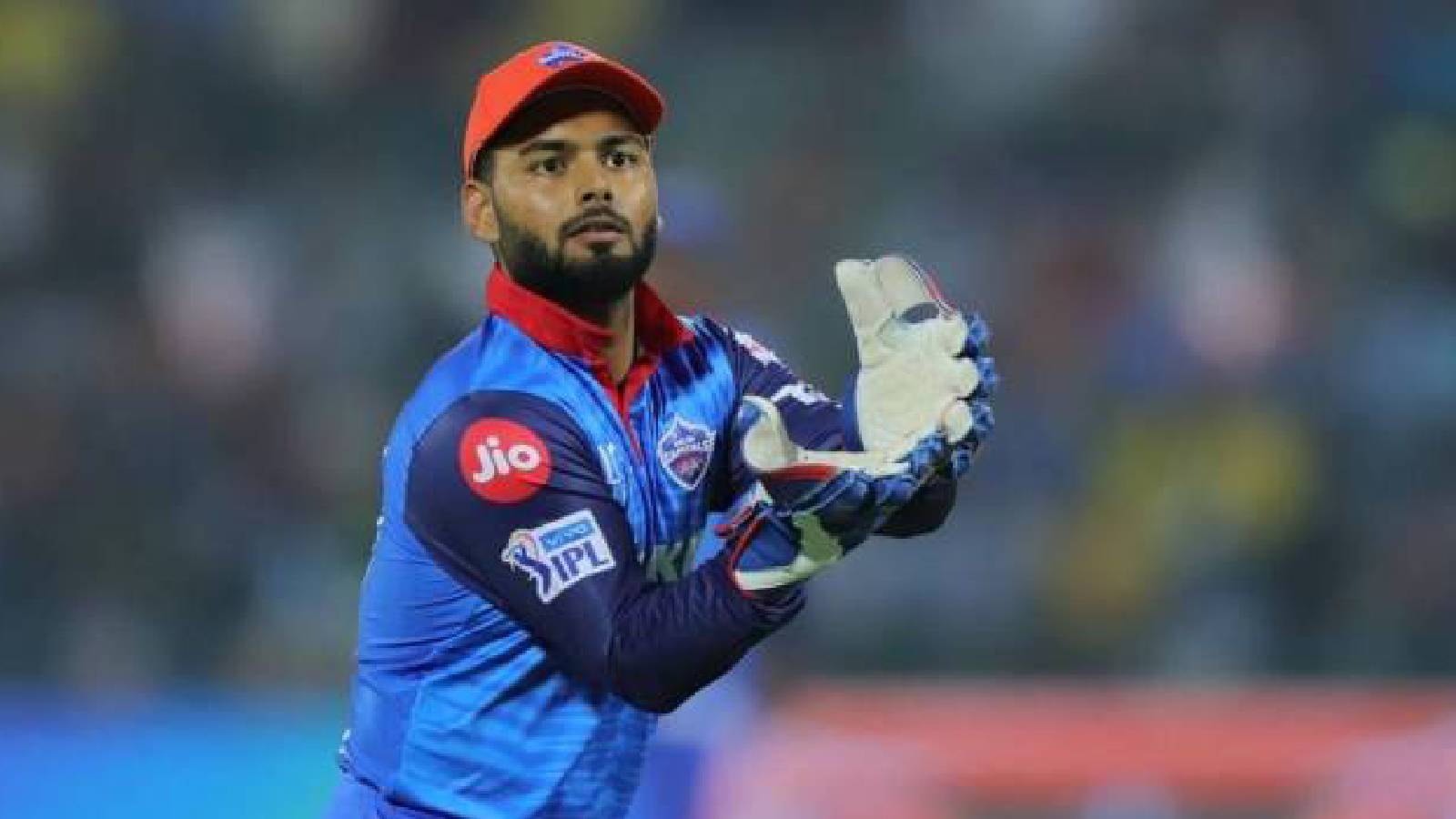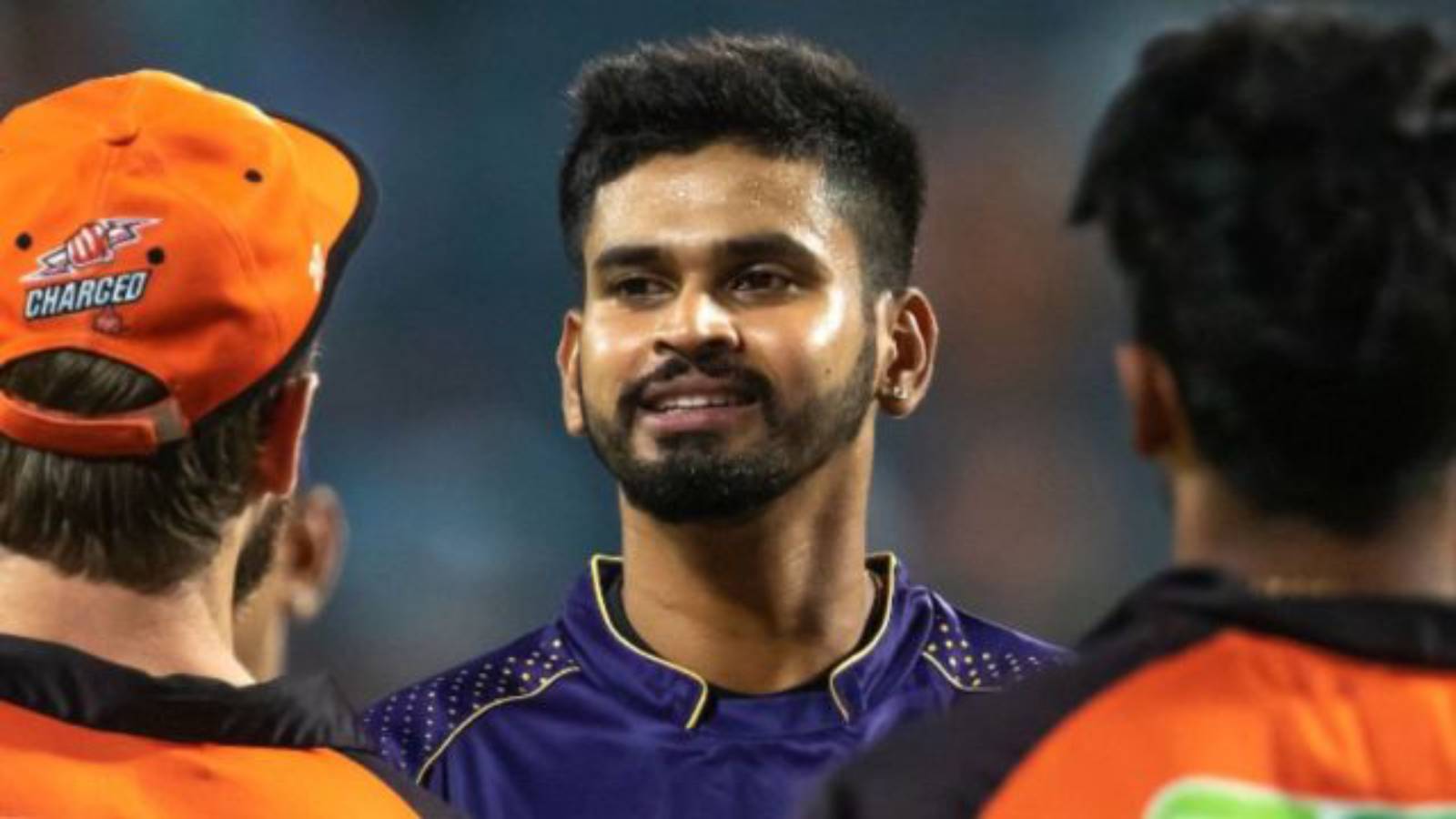Rafael Nadal always kept his side of the bargain with the paying public. No one ever walked out of a stadium that Nadal had graced, feeling cheated. Statistically, he might be the second-best tennis player but Rafa without doubt was the ultimate ‘paisa vasool’ sportsperson.
Nadal’s biggest contribution to tennis will be his undying commitment to get his racket behind every ball that was hit towards him all through his 25-year-long professional career. For him, nothing was too far or irretrievable. He would stretch every sinew in his body to lunge at serves that were certain aces. He would scamper behind clear winners that most players would merely stand and watch.
Like some old childhood friends, he and the ball would constantly try to outrun each other. At times, the opponent across the net in this game was utterly incidental, for Rafa’s real rival was the 2 ounce fuzzy yellow object. Even the GOAT Novak Djokovic, as part of his tactics, is known to drag his feet and slow down the game. But not Nadal. He would be trailing, fighting a losing battle but he never toned down his intensity. There were no yawning periods of lull when Rafa was on court.
This mad obsession to chase every ball would take a toll on his body. Rafa would play in pain but never give up on his unremitting pursuit of the tennis ball. That was his life’s primary goal, the joy he got addicted to when he first took up tennis as a five-year-old in the Spanish island of Mallorca.
Mil gracias a todos
Many thanks to all
Merci beaucoup à tous
Grazie mille à tutti
谢谢大家
شكرا لكم جميعا
תודה לכולכם
Obrigado a todos
Vielen Dank euch allen
Tack alla
Хвала свима
Gràcies a tots pic.twitter.com/7yPRs7QrOi— Rafa Nadal (@RafaelNadal) October 10, 2024
Tireless, tigerish
Nadal’s game didn’t have the effortlessness of a Roger Federer or the slyness of Djokovic. He wasn’t even a moody artist like Stan Wawrinka. Nadal was an earnest trier who gave it all. He gave hope to the world’s also-rans, busted the myth about champions born with unique gifts.
On the very first page of his autobiography, he talks about the one routine he follows to be an incessant opponent with the least unforced errors in modern tennis. “What I battle hardest to do in tennis is to quiet the voices in my head … and concentrate every atom of my being on the point I am playing.”
That famous whiplash forehand beautifully captures the concept of “every atom” in the body working in tandem. To impart heavy top-spin, the racket starts its path from way above the right shoulder, comes down well below the knee and rises again—this time like an angry wave. It is this important upward arc of the racket, with wrists locked to generate power, that makes Nadal grunt as he tries to pipe up the energy stored in his strong core to brush the ball and send it in a frenzied spin. Be it the first stroke he hits in a match or the last, the grunt never stops. The effort he puts in isn’t just visible but it’s audible too.
His typhonic forehand makes orthopaedics wonder why the Spanish great’s shoulder hasn’t yet popped out of the socket and made his wrists break into pieces. It also forced Federer to have doubts about his famed single-handed backhand. Djokovic jokes he dreads facing his son on court since he has started imitating the Nadal forehand.

Magical transformation
But how does the nicest man on the circuit, the modest to a fault star, the utterly sentimental friend who cried uncontrollably when Federer retired turn into the fierce and unforgiving foe when on court? It’s a magical transformation that those close to him have observed. Maybe, it’s the sight of a tennis court that wakes up the little demon in him who dutifully retires to bed when Nadal walks to the net to shake hands with the opponent.
His long-time coach Francis Roig gave scary details about the changes that creep into Nadal when he is all but ready to enter the playing arena. “The simple action of wrapping his bandana is so frighteningly intense; his eyes, far away, seem to see nothing that’s around him. Then, suddenly, he’ll breathe deep and kick into life, pumping his legs up and down and then, as if oblivious to the fact that his rival is just a few paces away across the room, he’ll let out a cry of Vamos! Vamos!”
Age and injury didn’t see Nadal play smart tennis — euphemism for diluting his intensity, coming up with a lite version of his forehand. He was also informed that he would have to manage pain for the rest of his life. But then what’s pain for those driven like Nadal? Till he quit at 38, Nadal never hit an un-Nadal shot or gave up during a rally.
This year, while attempting his one final comeback after sitting out for most of the 2023 season, he would be again sprinting frantically around the court like always. But it was sad to see the helpless face when he slid towards the ball with the same old gusto but proved to be slow. His old friend, the ball, was winning most races now.
After the two defeats to Zverev and Djokovic the crowd tried to cheer him up, but Nadal would have an apologetic expression on his face. He seemed to be saying sorry to the stands, almost guilty of not giving the fans their money’s worth.
During his final days as a pro, did Nadal cease to be the paisa-vasool player he once was? Never. For the few dollars spent on stadium tickets or OTT subscription, Nadal gave a lifetime of priceless memories. He gave it all to keep the ball, and the game, alive.
Send your feedback sandydwivedi@gmail.com
I’m Manas Ranjan Sahoo: Founder of “Webtirety Software”. I’m a Full-time Software Professional and an aspiring entrepreneur, dedicated to growing this platform as large as possible. I love to Write Blogs on Software, Mobile applications, Web Technology, eCommerce, SEO, and about My experience with Life.


